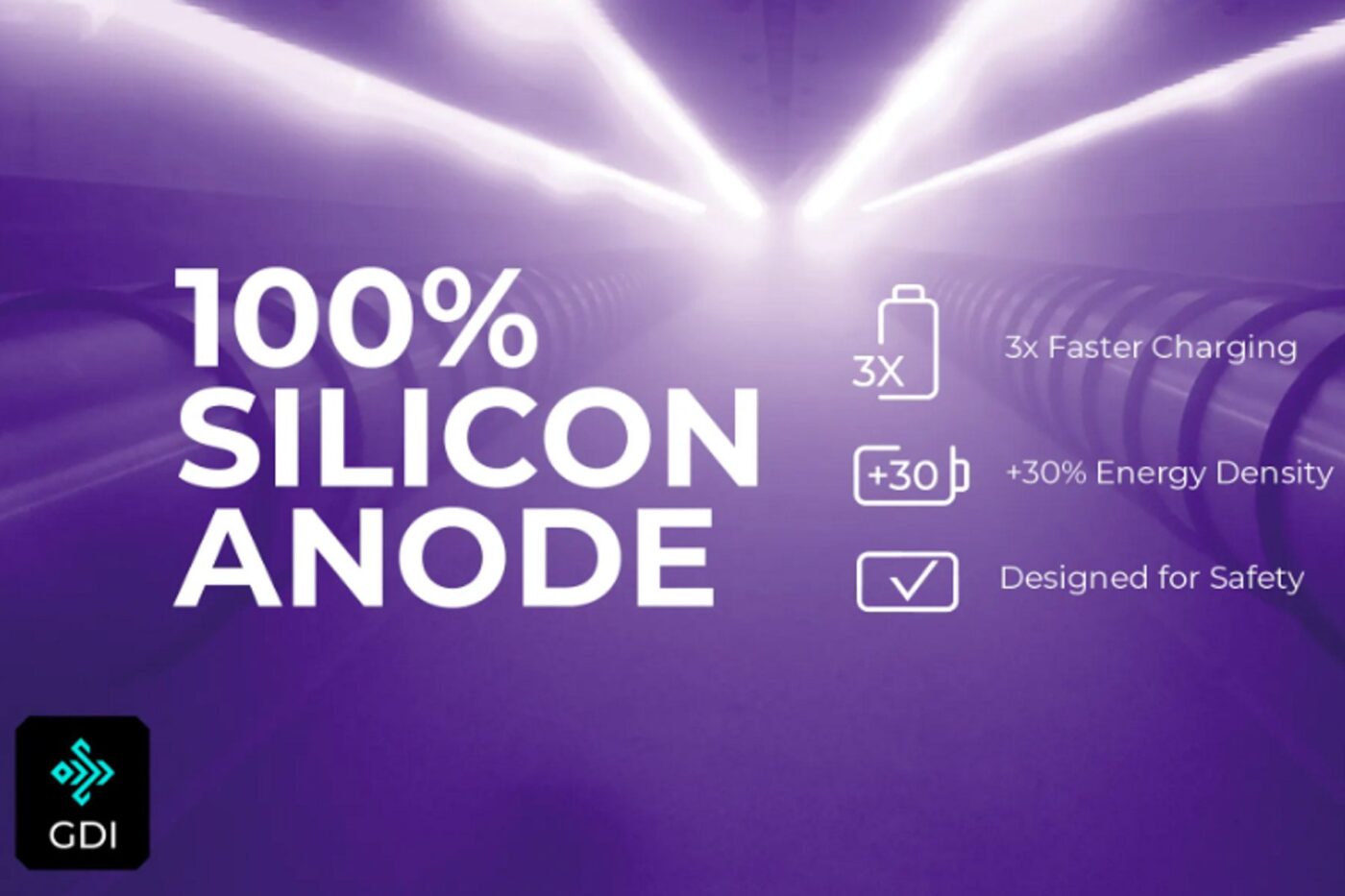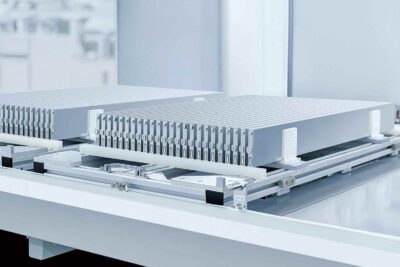GDI to produce silicon anodes in Germany
GDI is receiving an equity-like loan of 20 million euros from the European Investment Bank (EIB) as start-up financing for the development of its anodes made of 100 per cent silicon for industrial production on a gigawatt scale, according to the EIB. However, the further roadmap after the development to series maturity has already been finalised.
In order to scale up production quickly after the development phase, GDI has opted for an industrial site with a glass coating facility owned by AGC Glass Europe. The AGC plant in Lauenförde near Holzminden in Lower Saxony contributes coating expertise, production facilities and know-how. Copper foil on an industrial scale comes from Schlenk SE. GDI, which already has a pilot production facility in Eindhoven, is currently building its first “roll-to-roll” production plant on a MWh scale in Lauenförde. Neither the EIB nor GDI make any mention of when scaling up to the aforementioned “gigawatt scale” is planned. It only states: “Upon completion of the project, GDI intends to demonstrate the first production of anodes made of 100 per cent silicon on a gigawatt scale in Europe and potentially worldwide.”
AGC has been a partner of the US company for some time now: in the fourth quarter of 2023, GDI and AGC presented the first roll-to-roll pilot production of double-sided anodes made of 100 per cent silicon on a megawatt scale.
Silicon offers higher energy density but low durability
If the production of anode foils with a pure silicon coating were successful, the energy density of lithium-ion cells could increase “by over 30 per cent compared to today’s graphite anodes”, according to the EIB. In addition, the charging capacity should increase, which in turn shortens the duration of charging processes. These advantages of silicon in the anode are widely recognised.
The material expands and contracts significantly during charging and discharging. This mechanical stress affects durability and service life, as silicon particles can detach from the anode – which are then no longer available for the electrochemical reaction in the battery cell. In the Porsche Taycan battery, for example, silicon is added to the usual anode material graphite in the single-digit percentage range in order to utilise some of the positive effects of silicon without the disadvantages. Experts consider a silicon admixture of up to 20 per cent to be feasible (in large-scale production). A pure silicon anode would be a huge step forward – if companies like GDI can get to grips with durability.
According to Rob Anstey, founder and CEO of GDI, the safety of such battery cells should also be higher than that of cells with graphite anodes. GDI has proven in independent safety tests that “high-energy Lithium-ion cells with its 100% silicon anode can pass nail penetration testing”. The GDI founder did not comment on durability.
“After intensive discussions and due diligence with the EIB, our result is a partnership that will lead to Europe’s first Gigafactory for 100% silicon anodes. These anodes can be directly integrated into Li-ion cell factories,” says Anstey. “We will be one of the few companies to successfully scale a next-generation lithium-ion technology into industrial production in partnership with EIB, Schlenk SE and AGC.”
Ambroise Fayolle, EIB Vice-President overseeing lending in Germany, added: “To make the green transition work in the transport sector, the development of improved battery technology for all kinds of vehicles is crucial. We at the EIB are happy to support GDI`s innovative technology, that helps the industry to replace graphite, a critical raw material, with silicon that is available everywhere in the world.”





0 Comments